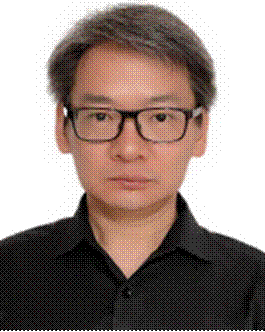At the invitation of Professor Dong Guanghui from the College of Earth and Environmental Sciences of Lanzhou University and the Key Laboratory of Western Environment of the Ministry of Education, Researcher Hou Juzhi from the Institute of Qinghai-Tibetan Plateau, Chinese Academy of Sciences will visit our university and give a lecture on March 25, 2023. All teachers and students are welcome to attend!
Title: Paleolimnology and climate change of the Tibetan Plateau
Speaker: Hou Juzhi, Researcher
Time: March 25, 2023 (Saturday) 15:00-16:30
Venue: Qilian Hall 502 Conference Room

Speaker Profile:
Hou Juzhi, a researcher and Ph.D. supervisor at the Institute of Tibetan Plateau Research, Chinese Academy of Sciences, was awarded the National Outstanding Youth Fund in 2020. He is the deputy director of the Committee on Environmental Change and Environmental Archaeology of the Chinese Geographical Society and a member of the editorial board of Quaternary International. He received his Ph.D. from the Institute of Geology and Geophysics, CAS in 2003, and his Ph.D. from Brown University, USA in 2008, and was selected as one of the 100 People Program of CAS in 2009. He is mainly engaged in the research of biomolecular markers and climate and environmental change. He has published more than 40 SCI articles with nearly 2000 citations. His main academic contributions include: 1) the systematic study of modern processes of biomolecular markers in lake sediments, the establishment of reliable conversion equations between alkenone indicators and summer temperature, GDGTs indicators and annual mean temperature, conversion equations of hydrogen isotopes of leaf wax compounds to hydrogen isotopes of precipitation, and the construction of a climate proxy system for biomolecular markers in lakes on the Tibetan Plateau; 2) the development of a new dating method that is not affected by the carbon pool effect, and constructed a framework for the millennial-scale changes of Holocene monsoon-westerly interaction on the Tibetan Plateau based on stable hydrogen isotope records; 3) quantitatively reconstructed the Holocene summer temperature and annual mean temperature changes on the Tibetan Plateau, and proposed the mechanism of temperature changes on the Plateau under the monsoon-westerly interaction in combination with climate models.